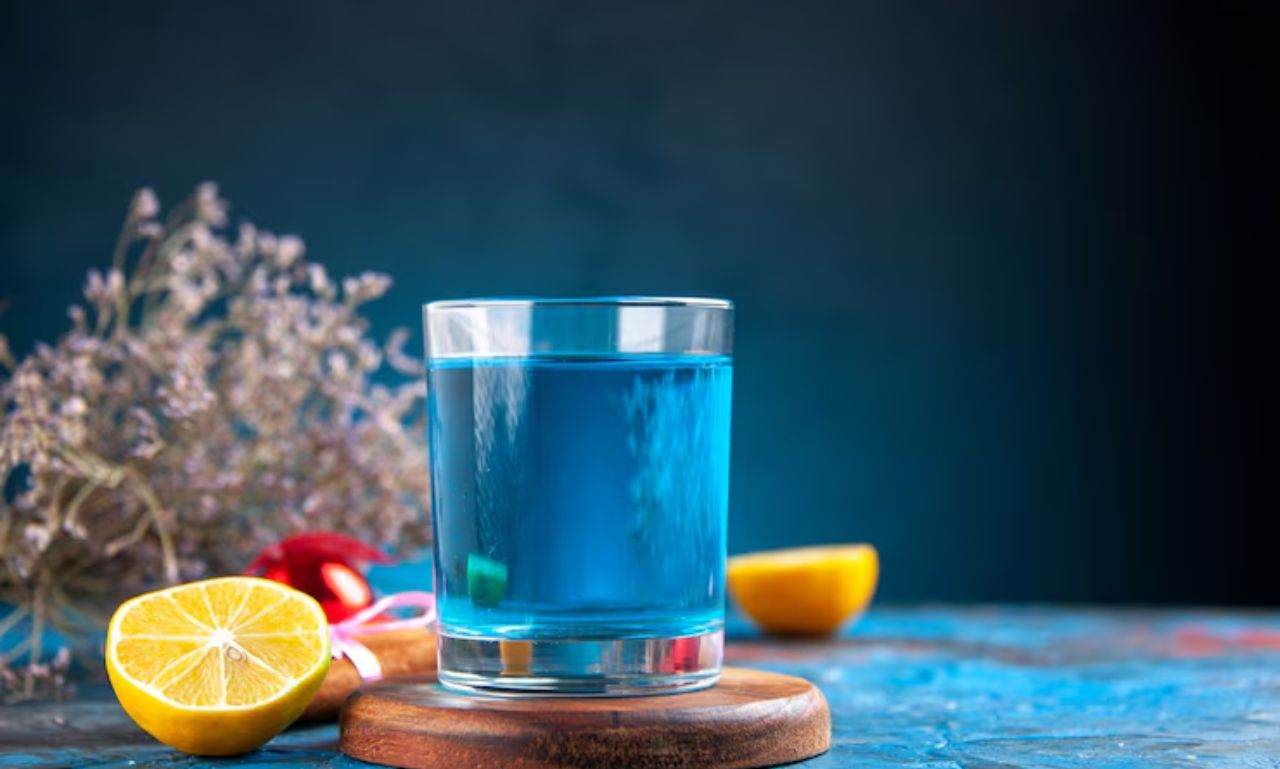1. What Is Sodziu?
First and foremost,(Lithuanian: sodžius) is a word that literally means “village” or “rural homestead” However, beyond being just a geographic label, it embodies a lifestyle—one rooted in nature, tradition, community, and slow living. Therefore, understanding sodziu requires looking beyond translation, into cultural layers of meaning, emotion, and identity.
2. Etymology and Linguistic Roots
Etymologically, the word comes from the Proto‑Baltic root sōd‑, meaning “garden” or “settled land” In Lithuanian grammar, forms such as sodžiuje (locative) or sodžiaus (genitive) reflect both its flexibility and presence in folk songs, stories, and everyday speech . Also, it’s associated with peace, belonging, and cultivated landscapes.
3. Sodziu in Historical and Cultural Context
Historically, Lithuanian sodziu has been more than a collection of houses; it served as a center of communal life—food production, family unity, spiritual practices, and folk traditions Over centuries, villages became symbols of national identity—anchoring traditions, language, and territory through occupations and upheaval .
4. Daily Life and Traditional Practices
In a sodziu, daily rituals revolved around farming, baking, crafting, and seasonal celebrations. Activities like milking cows, tending gardens, preserving food, and baking rye bread (juoda duona) were everyday life These routines fostered self-reliance, responsibility, and intergenerational ties—grandparents shared stories and skills under buzzing linden trees
5. Architecture, Nature & Sustainability
Architecturally, homes are rustic and functional—wooden cottages, thatched roofs, barns, root cellars, and bee gardens . They align with nature’s rhythms, often featuring sustainable practices: composting, rainwater harvesting, and solar heating long before they were trends . Living in sync with the seasons, residents honored forests and fields .
6. Sodziu in Literature, Music & Folklore
Writers, poets, and artists have captured the essence of sodziu. The word features prominently in Lithuanian folk songs celebrating land, harvest, and home Poets like Maironis depicted churches, forests, and village life—emblematic of national spirit . Folktales invoking forest spirits (Laumės), devils (Velnias), and rural legends thrive in hymns, proverbs, and theater
7. Revival: Modern Applications of Sodziu
Fortunately, is more than a relic. Today, traditional villages are being restored as guesthouses (sodybos), countryside retreats, cultural hubs, or artisan cottages for eco-tourism People replant traditional crops, revive bread-baking classes, herbal workshops, and folk music sessions In turn, festivals like Joninės (Midsummer), Užgavėnės (pre-Lenten carnival), and Christmas Eve meals continue to unite communities
8. Rural Tourism and Eco‑Lifestyle
Amid urban burnout, sodziu offers an escape. Tourists are invited to:
-
Stay in restored homesteads
-
Participate in mushroom foraging or bread workshops
-
Attend midsummer bonfires and dance
-
Explore forest trails and artesian crafts
This embraces sustainable tourism—supporting local farmers, preserving cultural landscapes, and sharing heritage.
9. Sodziu and the Digital Age
Ironically, the digital world is helping spread. Blogs, YouTube channels, Instagram, and TikTok feature rural homesteading, slow living, traditional recipes, and folk crafts . Word‑of‑mouth is now shaped by hashtags. Meanwhile, remote workers return to the countryside, merging professional and rural life . In that sense, sodziu values live online—and offline.
10. Emotional Significance and Identity
For Lithuanians, is emotionally charged. Childhood summer memories, time with grandparents, the scent of rye baking—these evoke belonging and nostalgia. It’s about identity. Even urban dwellers speak of sodziu with reverence: “it’s where I learned…” The word binds diaspora to homeland, city to forest, past to present.
11. Challenges and Preservation Efforts
That said, sodziu faces threats: rural depopulation, aging villagers, loss of traditional skills. Yet, preservation measures include:
-
Government grants for restoration
-
School programs teaching rural crafts
-
NGO efforts recording oral histories
-
Heritage tourism initiatives
These efforts aim to sustain living villages—not just museums.
12. Sodziu as a Global Inspiration
Globally, people crave slow living, authenticity, and sustainability. As such, sodziu offers appealing lessons:
-
Sustainable farming and foraging
-
Zero waste lifestyles
-
Community over consumerism
-
Cultural resilience
Thus, while firmly Lithuanian, sodziu resonates everywhere.
13. Practical Tips: Experiencing Your Own Sodziu
If you’re inspired, here’s how to experience sodziu:
-
Seek sodybos or homestead stays via local tourism offices
-
Join traditional activity workshops (bread, berries, crafts)
-
Attend folk festivals and local fairs
-
Volunteer for preservation or cultural programs
-
Document traditions—stories, recipes, songs—and share online
Through these steps, you can bring sodziu into your heart and home.
14. Conclusion: A Word with Worldly Depth
To conclude, is more than a Lithuanian word—it is:
-
A place: village, homestead
-
A way of life: nature, tradition, community
-
A feeling: nostalgia, belonging, grounding
-
A movement: sustainability, revival, identity
Indeed, in an age dominated by speed and commerce, reminds us of the human need to pause, preserve, and belong.
FAQs
What does sodziu mean?
Literally: “village” or “rural homestead.” Symbolically: simplicity, community, tradition—untranslatable depth peacequarters.
Is sodziu relevant today?
Yes. It’s central to heritage tourism, eco‑living, and personal identity in Lithuania and beyond
Can non‑Lithuanians experience sodziu?
Absolutely: through homesteads stays, festivals, workshops, forums, and digital content.
Why is sodziu so meaningful emotionally?
It connects people with origin, ancestry, and nature—tapping into universal human longings
